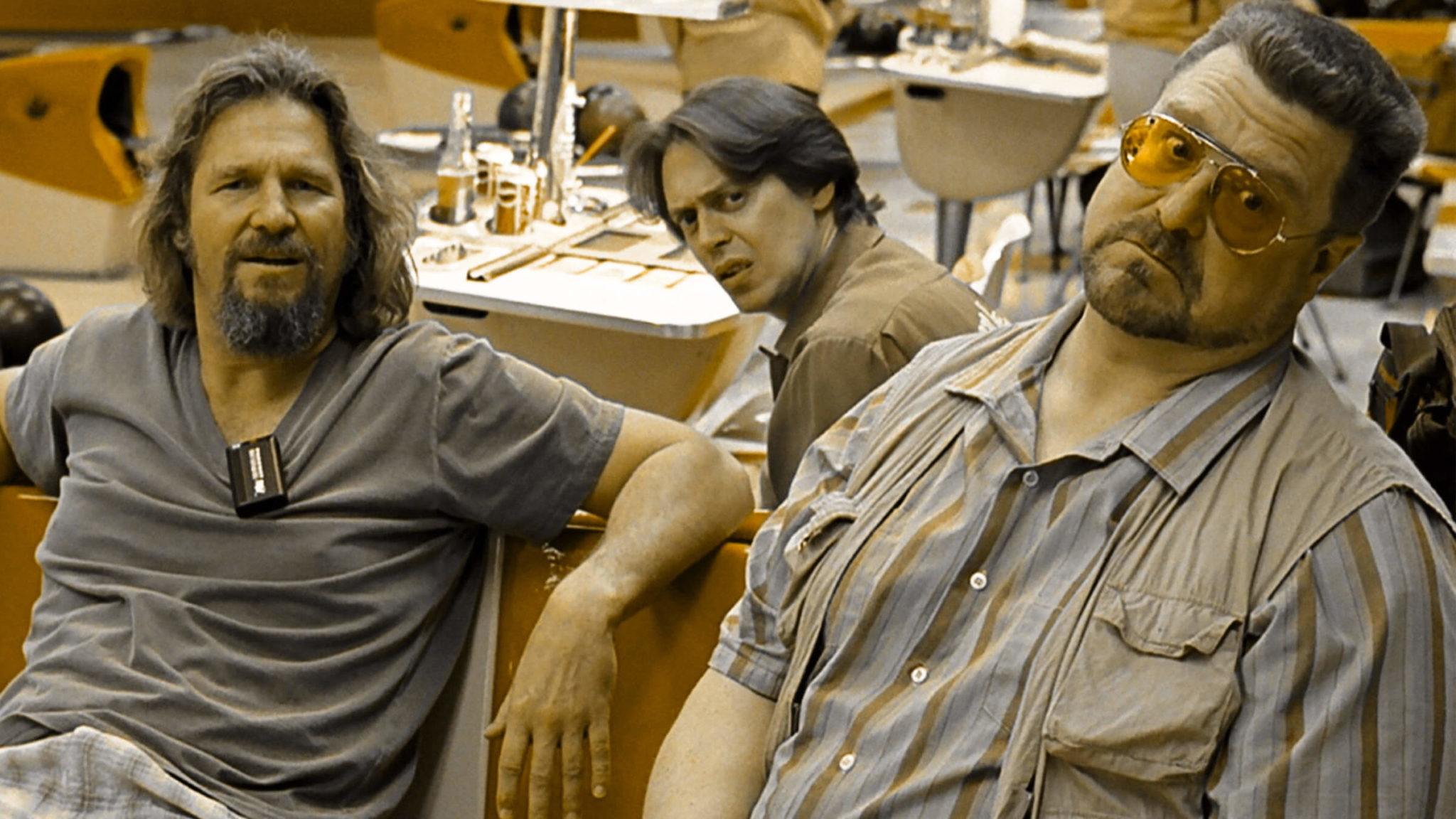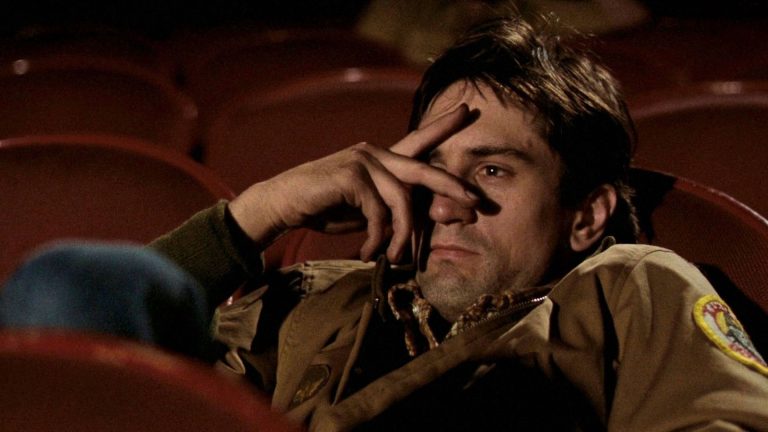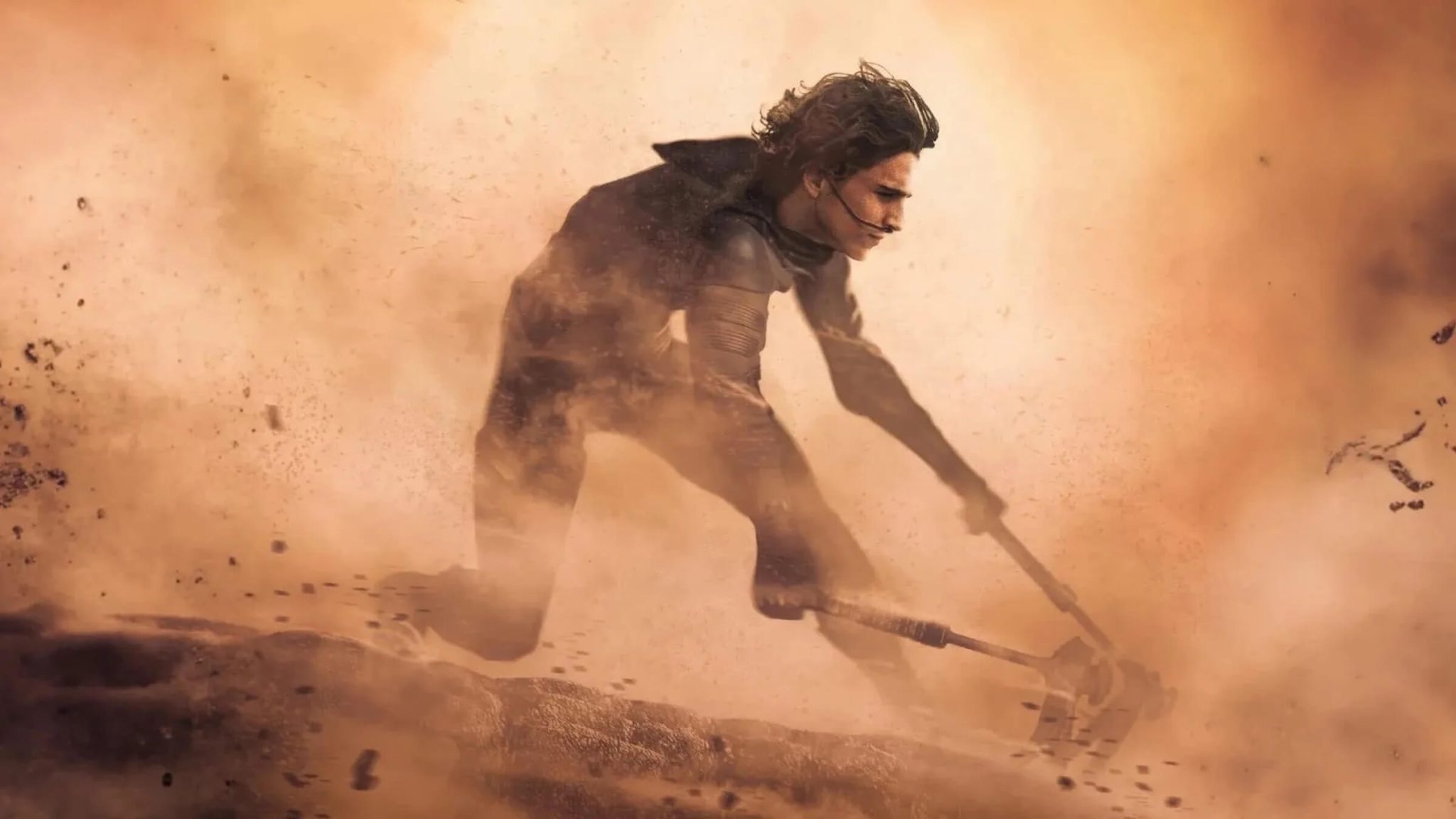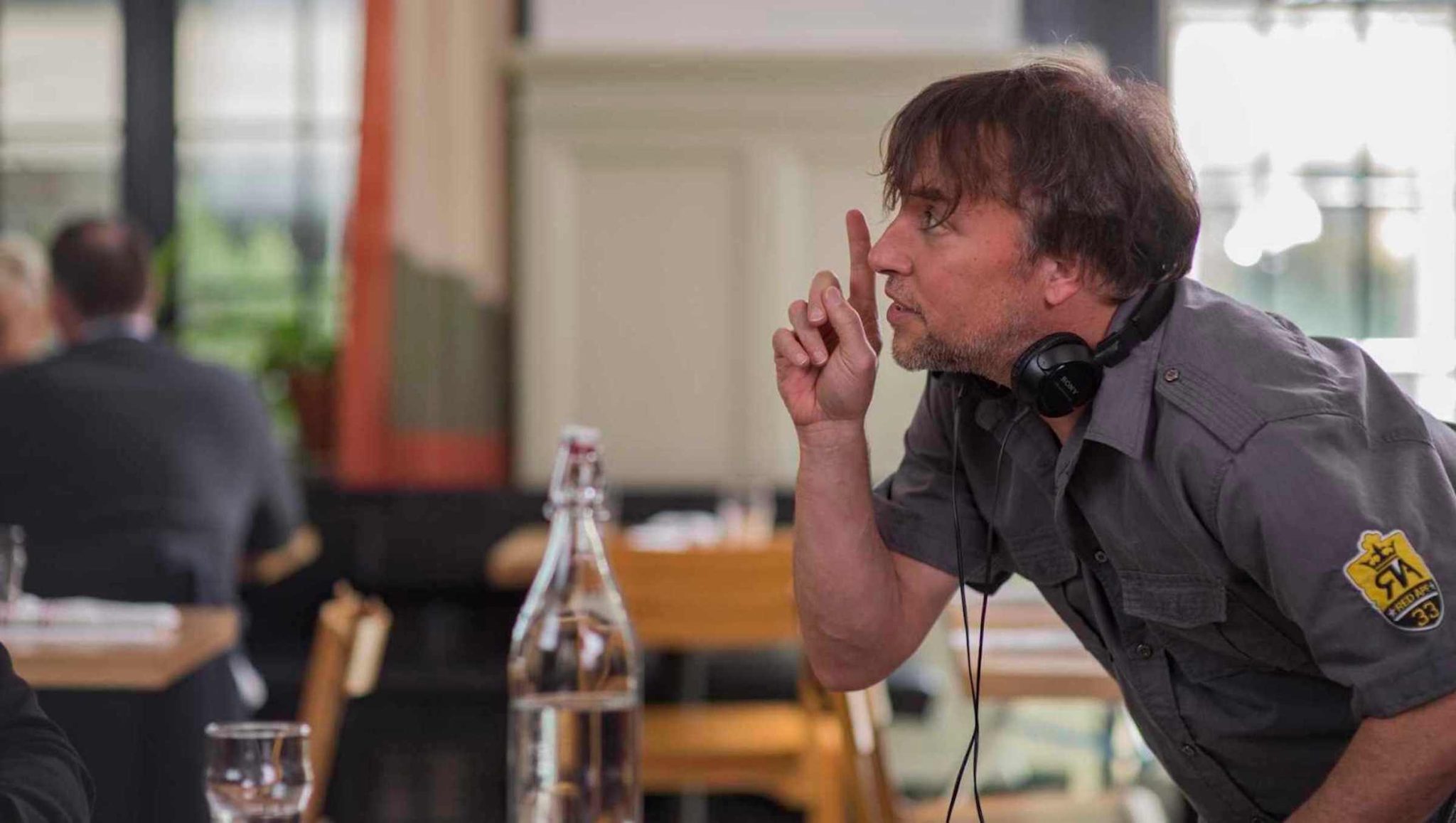How to Master Creative Liberties in True Story Screenplays
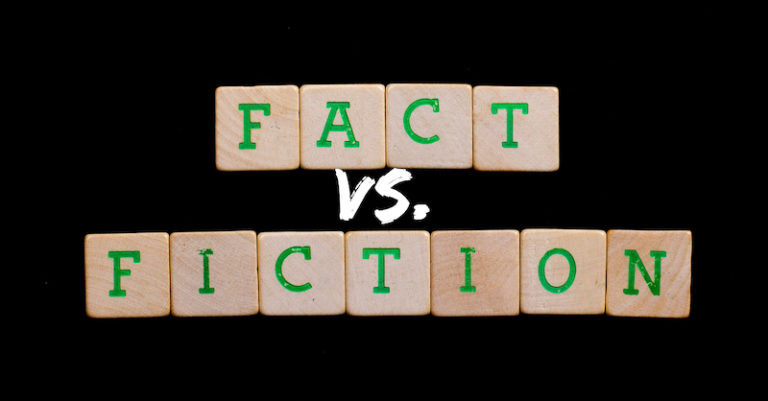
How can screenwriters find the right balance of truth and creative liberties when writing screenplays that are either based on or inspired by true stories?
Do you already have a screenplay based on a true story? Enter the ScreenCraft TRUE STORY & Public Domain Screenplay Competition here.

Fact vs. Fiction is a hot topic in Hollywood.
Remember Jim Garrison's (played brilliantly by Kevin Costner) emotional climactic closing remarks in Oliver Stone's JFK?
Remember the pulse-pounding sequence at the end of Argo where the Iranians are chasing the plane down the runway?
Remember the fight sequence in Dragon: The Bruce Lee Story, where his opponent Wong Jack Man submitted, only to kick Bruce Lee in the back, causing a horrible back injury that left him somewhat paralyzed as he developed his Jeet Kune Do philosophy?
None of these things ever happened in real life.
They were all artistic licenses developed by the writers and directors.
In JFK, Garrison's closing remarks in the film were summaries of Oliver Stone's beliefs on the subject, with some facts mixed in.
In Argo, The tense flight from the airport amidst a dramatic chase by the Republican Guard is entirely fictional. In real life, the diplomats showed up for their flight with booked tickets and had no trouble boarding their plane. At the time of the flight, there weren't even any Republican Guards on duty.
In Dragon: The Bruce Lee Story, the writers blended two truths to create a more dramatic outcome. Yes, there was a fight with Wong Jack Man. Yes, Bruce Lee did suffer from a back injury that left him somewhat paralyzed with doctors saying that he may never walk. However, the injury was caused by a weight lifting incident that damaged his sacral nerve in 1970. And it had nothing to do with the fight.
Creative liberties are taken in every Hollywood adaptation of a true story. It just depends to what degree.
Based On vs. Inspired By
It all starts with the approach.
Based on a True Story
If you are writing a movie that is Based on a True Story, the expectations are that the characters, storylines, and a majority of the scenes that you present within the script are primarily based on actual occurrences. There are creative liberties taken for sure, but a majority of the depictions within the script are based on fact.
Films like Schindler's List, First Man, Lincoln, 127 Hours, Killers of the Flower Moon, and Apollo 13 are excellent examples of screenplays that did their best to depict the actual true stories. The writers and filmmakers went to great degrees to capture what really happened.
However, despite those efforts, creative liberties were always taken within the dialogue, within the combining of real-life people for cinematic characters, within the sequence of events, and within the exclusion of events and people that were part of the real-life story. All for the purpose of telling a dramatic story within the confines of a two-hour film.
Read More: How ‘Killers of the Flower Moon’ Echoes Martin Scorsese's Previous Films
Inspired by a True Story
This Inspired by a True Story approach offers you more leeway with the facts, allowing you the ability to take the real story and mold it into whatever feels like the best cinematic experience.
Films like Braveheart, Gladiator, The Texas Chainsaw Massacre, The Greatest Showman, and The Revenant are perfect examples of writers taking the central core of the true story or true events and using them as a way to launch an otherwise fictional cinematic story with a few facts mixed in.
Discover 20 properties from the public domain that you can adapt for free with this free guide.
Why Are Creative Liberties Necessary?
Most true stories take place over the course of multiple years, events, and locations. When you're dealing with a feature screenplay, you only have two hours (give or take) of run time to tell a story.
Because of this limited time frame, screenwriters are forced to take creative liberties in their storytelling.
You may need to exclude otherwise important events and characters. You may need to combine many characters into one to represent their contributions to the story while avoiding the oversaturation of the screenplay. You may need to create characters that never existed in real life to link up and support the sequence of events that you are portraying within the screenplay.
And you will obviously have to inject dialogue and exchanges between the characters you decide to focus on.
All of these liberties that are taken are to craft the best possible cinematic experience for the audience. Documentaries exist to (arguably) give us the facts, whereas biopics or true story adaptations are there to tell the core of the character's story or events in an entertaining fashion.
It's up to you, the writer, to decide whether you want to develop a Based On or Inspired By version of whatever real-life characters or events you choose to depict cinematically.
When Truth Is Better Than Fiction
Make no mistake, artistic licenses and creative liberties are fiction, no matter how entwined they are with the truth.
If you want to portray the actual characters and events as close to the truth as possible, you need to always bend towards the truth in the choices that you make.
Audiences can smell Hollywood storylines a mile away — whether you call them clichès or tropes. But the interesting thing is that they respond to those clichès or tropes. They're comfortable with them.
- The Love Interest
- The Angelic Protagonist Who Can Do No Wrong
- The Second Act Conflict
- The Climactic Ending
When you're a screenwriter, these elements are embedded in your brain as supposed requirements for a successful screenplay. So it's tempting to want to inject those elements where they don't necessarily exist.
The problem with that is if you're determined to write a script that is Based On a True Story, the truth is always the better option. And it's your job to find the closest thing to those cinematic necessities (mentioned above or not mentioned here) within that real-life character or those real-life events.
The validity of the screenplay — and the eventual film depiction of it — will only be enhanced when you do the research and use your keen storytelling mind to find those elements.
And that's where research plays a big part in your development process. Read every book, article, and interview on your subject and the world the story takes place within. Search for those cinematic elements.
Even if you need to conjure a character or create an amalgam of many, it's always best to work from the truth. If a biography briefly mentions a girlfriend, boyfriend, or significant other, that may be enough truth to use as a seed for a compelling love interest. How far you take that is up to you.
When you've dedicated yourself to the truth of the story, in as much detail as possible, do your best to find what you need within the story.
That's where truth is always better than fiction.
When Fiction Is Better Than Truth
What's more interesting, Bruce Lee injuring his back after an intense martial arts fight or while he's lifting weights?
Whether the final choice is right or not, the fictional version of his injury is far more cinematic than the real-life story. And in this case, it was at least seeded within the truth of Lee suffering from a major back injury that led to his time developing his philosophy behind Jeet Kune Do.
When you get down to it, you're writing a movie. And that movie — in the context of being based on or inspired by a true story — is intended to not only inform the audience but entertain them. They come to the theater to laugh when they want to laugh, cry when they want to cry, cheer when they want to cheer, or be inspired when they want to be inspired.
If they just want the facts, they'll watch a documentary or read a book on the subject.
Your job is to give them the best cinematic version of the story. And because of that, fiction is sometimes better than the truth.
But the way to master that balance is to always have the core theme of the true story in your heart as you conjure those creative liberties and practice that artistic license.
You need to realize that your dedication to the screenplay must overshadow your dedication to the source material. Yes, you want to be true to the real story and the real characters involved, but you're responsible for offering the audience the best possible cinematic version of that story and those characters.
If you have to create a character that bridges the gap or gives voice to elements of the story you're trying to tell, and that type of character doesn't exist within the true story, that's where fiction is better than the truth because it offers the audience an easier conduit.
But the fiction that you create should always be a metaphor for the truth — that conduit that captures the themes and emotion of the true story and bridges those gaps seamlessly.
Extract a Story Within the Story
Perhaps the best way to master creative liberties in screenplays is to select the story you're going to tell wisely.
Steven Spielberg could have certainly tried to depict the whole presidency of Abraham Lincoln in Lincoln, but he wisely decided on choosing a window within his presidency — in this case, Lincoln's struggle to emancipate the slaves.
True stories are difficult to take on because there are often so many facts, characters, and events in play. And the more facts, characters, and events that you face, the more creative liberties you'll need to take to tell a cinematic story within the confines of a two-hour running time — or 90-120 pages in the case of the screenplay.
When you condense the scope of the story, you'll find more room to focus on the truth within that small frame with fewer — or less broad — creative liberties necessary.
What the Pros Have to Say about Creative Liberties
Graham Moore (The Imitation Game) told Variety, "The trick is to balance drama and history in a way that’s ethical and responsible... while condensing and compressing so we can present things in a film."
Anthony McCarten (The Theory of Everything) states, "Distortion should be avoided at all costs. With facts so readily Google-checked playing too fast and loose almost always backfires with the public." Although, he did add, "...you do a biography’s subject no favors at all if the film is dull and unwatchable."
The last comment points to the fact that, yes, you obviously want to portray the truth whenever you possibly can. However, as mentioned above, you need to craft a screenplay that is entertaining, engaging, and intriguing.
Nick Hornby (Wild) mentioned that for less-famous subjects, "It’s what that story represents that’s important. As long as you end up with the same feeling and the same meaning in your story, I think you’re at liberty to depart from what actually occurred." But he adds, "If you’re writing the Nelson Mandela story, there are moments in that life that you can’t mess around with. One needs to be historically accurate."
McCarten added, "You can’t hope for literal truth, but what you’re after is emotional authenticity."
And that's where using creative liberties as metaphors for the truth comes into play.
Going into your "true story" screenplay, you need to decide if you're going to focus on the Based on a True Story version of the subject matter, or the Inspired by a True Story version. That will dictate the freedom — and constraints — that you will be facing.
Then you need to understand what creative liberties really are and decide when truth is more important than fiction and when fiction is more important than truth.
And finding stories within the story will offer you more room to focus on the truth within that small frame with much less balance needed between truth and creative liberties.
Ken Miyamoto has worked in the film industry for nearly two decades, most notably as a studio liaison for Sony Studios and then as a script reader and story analyst for Sony Pictures.
He has many studio meetings under his belt as a produced screenwriter, meeting with the likes of Sony, Dreamworks, Universal, Disney, Warner Brothers, as well as many production and management companies. He has had a previous development deal with Lionsgate, as well as multiple writing assignments, including the produced miniseries Blackout, starring Anne Heche, Sean Patrick Flanery, Billy Zane, James Brolin, Haylie Duff, Brian Bloom, Eric La Salle, and Bruce Boxleitner. Follow Ken on Twitter @KenMovies
For all the latest ScreenCraft news and updates, follow us on Twitter, Facebook, and Instagram.
Tags
Get Our Screenwriting Newsletter!
Get weekly writing inspiration delivered to your inbox - including industry news, popular articles, and more!









